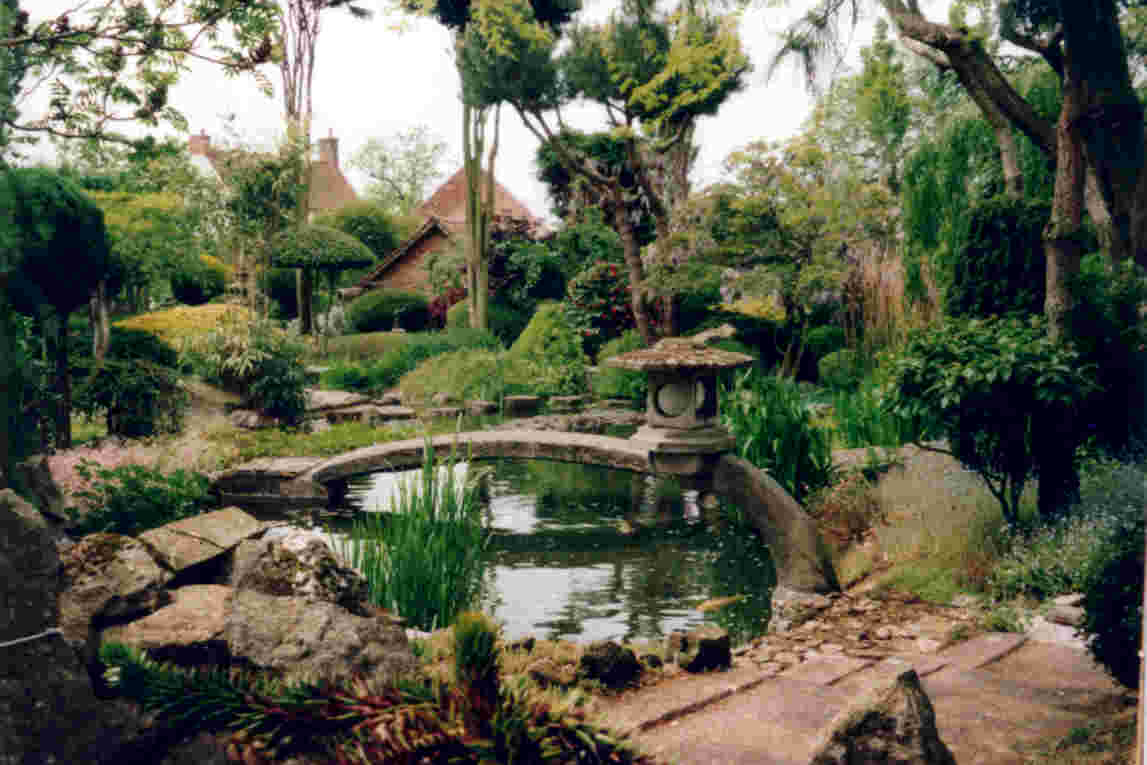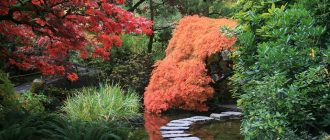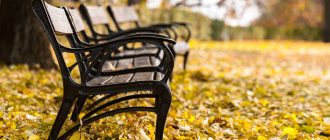Many people are intrigued by Japanese gardens. Find out about the main elements that make up a Japanese garden…
Every form of art has its own elements. The same is the case when it comes to crafting a Japanese garden. A typical Japanese garden has various elements such as rocks, water, islands, ponds, bridges, lanterns, plants, a teahouse and borrowed scenery.
The way in which these different elements are used in combination with each other is what brings a Japanese garden to life. Stones are amongst the most important elements of a Japanese garden. When constructing a Japanese garden the designer usually starts off with the stones. The grouping of the stones can either be done randomly or even in triangular shapes. According to Japanese tradition the stones are always positioned in odd numbers.
Stones can be incorporated in a number of different ways in a Japanese garden. One common way is to use them as stepping stones for a garden path. Alternatively they can be used to represent a mountain or even an island. Some Japanese garden designers can make excellent use of stones to create the illusion of borrowed scenery giving a feel of a mountain in a distance.
Water features in Japanese gardens
Water is another very important element in a Japanese garden. Water can be symbolized through many different mediums such as raked gravel. Since water symbolizes purity it gives the whole garden a touch of freshness. One of the most awe inspiring uses of water is by creating waterfalls. A waterfall creates an ambiance of serenity in a Japanese garden. Water can also be used in streams, ponds, rivers and fountains all of which serves as the centre of attraction in a Japanese garden.
A stone lantern is a classic old school element that is a must in a Japanese garden. The placement of the stone lantern is done in a very strategic manner as it is meant to carry innate symbolism of contrasting elements such as the yin and yang.
Amongst the other main elements that make up a Japanese garden is the collection of flowers and shrubs. The use of seasonal flowers is common according to Japanese tradition. The Japanese black pine and the Japanese maple tree are amongst the most popular trees used in the garden. Other typical plantations include the moss, bamboo, magnolia, azaleas, cherry, peonies and plum trees. These plantations are often seen accompanying architectural tea houses and pavilions.
There are a number of different styles that one can choose from when it comes to crafting the ideal Japanese garden. The pond and island style is by far the most popular amongst the masses. Then there is the Zen garden that makes use of dry landscaping. Other varieties under the umbrella of Japanese gardens include stroll gardens, tea gardens and courtyard gardens.
The Japanese Zen garden makes use of large and small stones along with gravel and sand coupled with shrubs and a few trees. A stroll garden gives the visitor a tour of the different elements while he literally takes a stroll through the garden. A Japanese courtyard garden offers a small and cosy place that is simple yet elegant.





